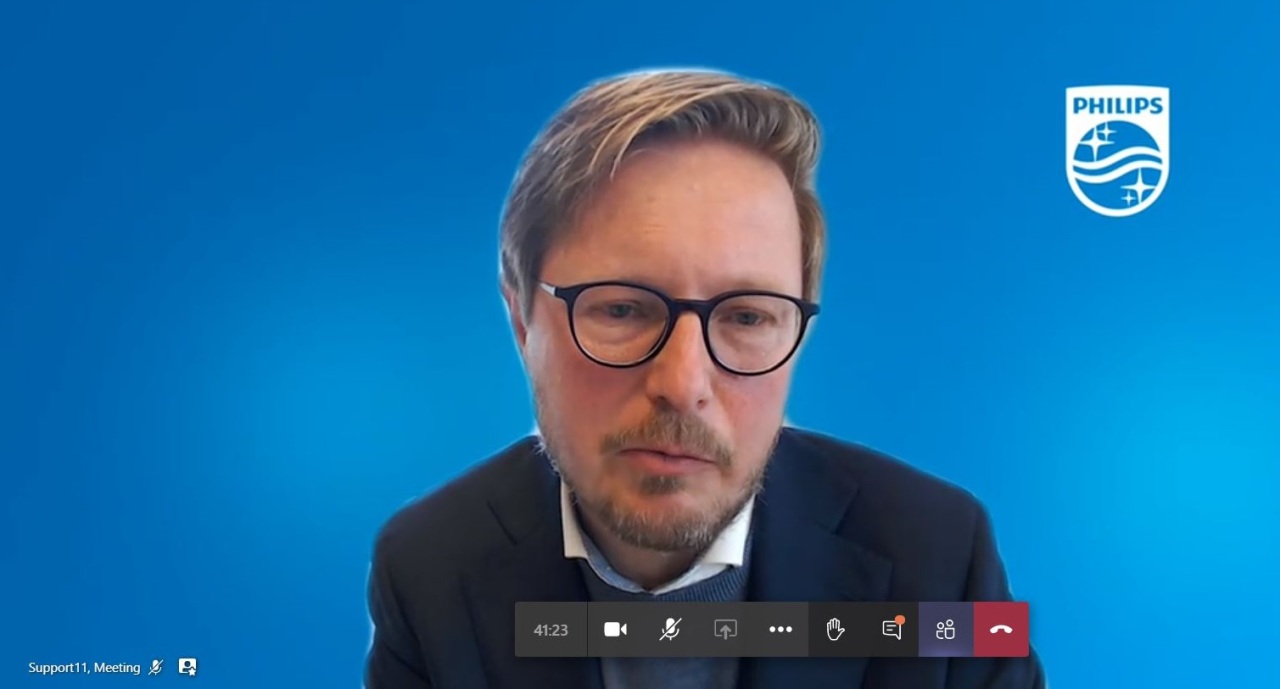For anyone who has tried, it is evident that reducing one’s carbon footprint requires an extraordinary attention to the waste produced, coupled with a conscious effort to cut down on convenient habits that are harmful to the Earth.
When the individual effort is enough of a challenge to take on, how does one achieve this seemingly insurmountable task as a company, let alone a global one with international branches?
Global health care company Philips has had its eyes on an environmental, social and governance-aware business framework for a long time, even before “ESG” became the buzzword it is today.
From 2016 to 2020, Philips transitioned to 100 percent carbon neutral in its operations, securing all of its electricity from renewable sources.
As of 2020, Philips generated 70 percent of its sales from green products and services, such as vacuum cleaners made of 36 percent recycled plastics, and 15 percent of sales from circular revenues. It recycled 90 percent of its operational waste and sent zero waste to landfills.
The ESG framework is becoming an inseparable factor from doing business, said Robert Metzke, global head of sustainability at Philips.
“There is a lot of attention from customers on social and environmental impact of a company that is producing products,” Metzke told a group of international reporters in a videoconference.
Philips’ stakeholders, spanning customers, investors, retailers, consumers and employees, all expect the company to live up to its purpose as a health care company -- to serve, and to deliver a better future, Metzke said.
“ESG is used by our investors to look at our business performance, not only to understand the potential risk and compliance, but also to see how much in sync we are with the society at large,” he said.
The firm has set even higher sustainability targets in the coming years.
By 2025, 100 percent of Philips’ new product introductions will fulfill the company’s EcoDesign requirements, meaning they would use 10 percent less energy than their predecessors, and are made using materials with a lower environmental footprint.
The company says its “ambitious targets” for 2025 are to enable access to care for 300 million people in underserved communities, generate 25 percent of its revenue from circular products, services and solutions, reduce its CO2 emissions in line with a 1.5 degrees Celsius global warming scenario and source 100 percent of its electricity and over 75 percent of its total energy consumption from renewable sources.
A key way Philips tries to keep its business environmentally responsible is by innovating the designs and materials for its imaging health care devices. Modular, eco-friendly designs, for example, allow parts of a machine to be taken apart and refurbished, in turn lengthening the total life span of the goods. The used parts are recovered or recycled to be reused.
The effect of this circulation has been most felt in the department of precision diagnosis and image-guided therapy, where the aforementioned innovative ways of managing the machinery have helped reduce the company’s carbon footprint.
Peter Quinlan, business leader of the said department for Philips’ APAC operation, said that it was critical to train and keep employees engaged for the mission.
At Asian manufacturing sites, Philips is continuously improving energy efficiency and optimizing logistics to reduce unnecessary carbon emissions.
In the Asia-Pacific region, Philips has offices in Korea, Vietnam, Myanmar, Pakistan, Thailand, Malaysia, the Philippines, Singapore, Indonesia, Australia and New Zealand.
Across all of its international sites, including business travel and logistics, Philips is focusing on reducing carbon emissions. For absolutely unavoidable emissions, Philips compensates with carbon credits.
By Lim Jeong-yeo (
kaylalim@heraldcorp.com)








